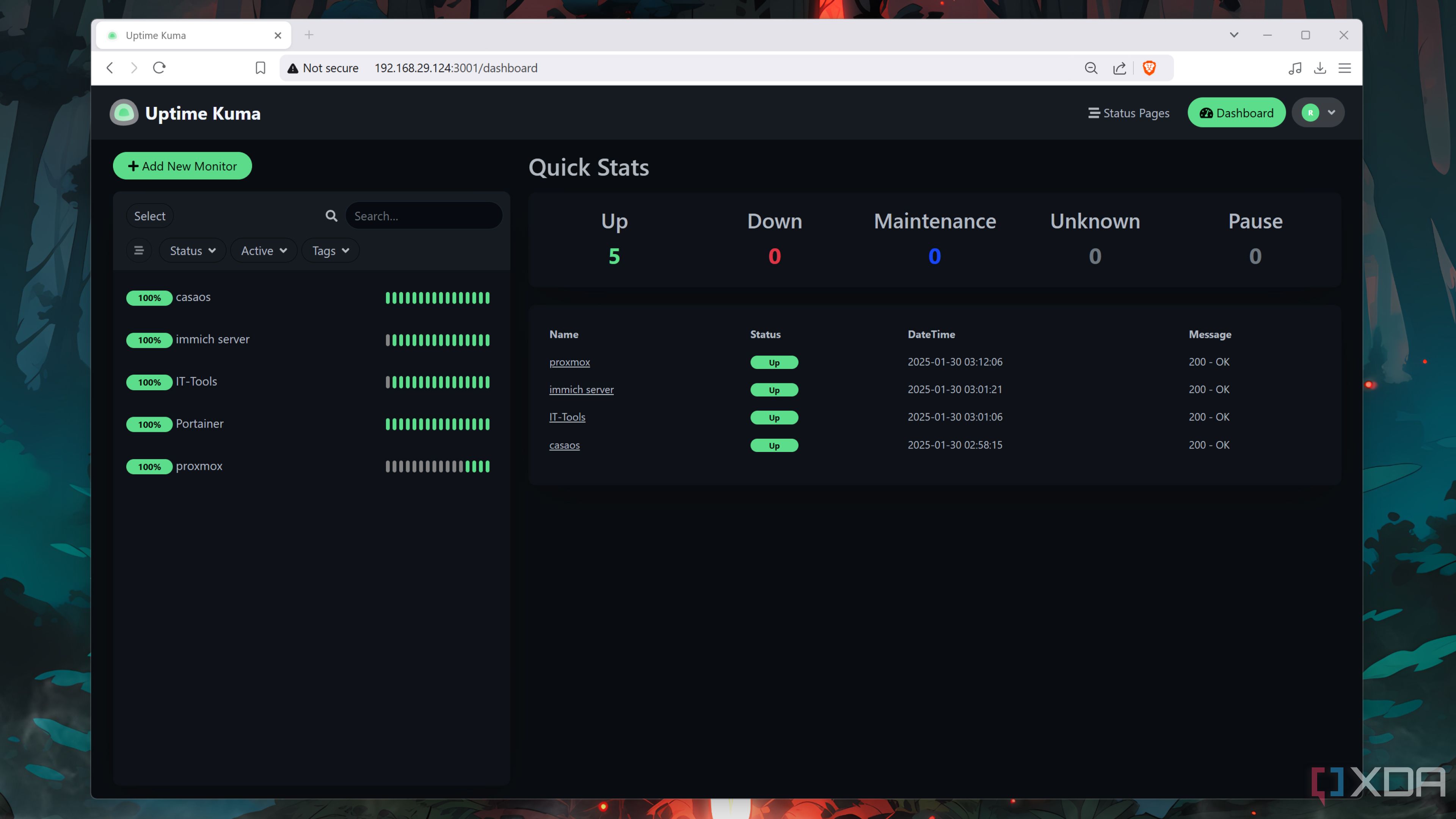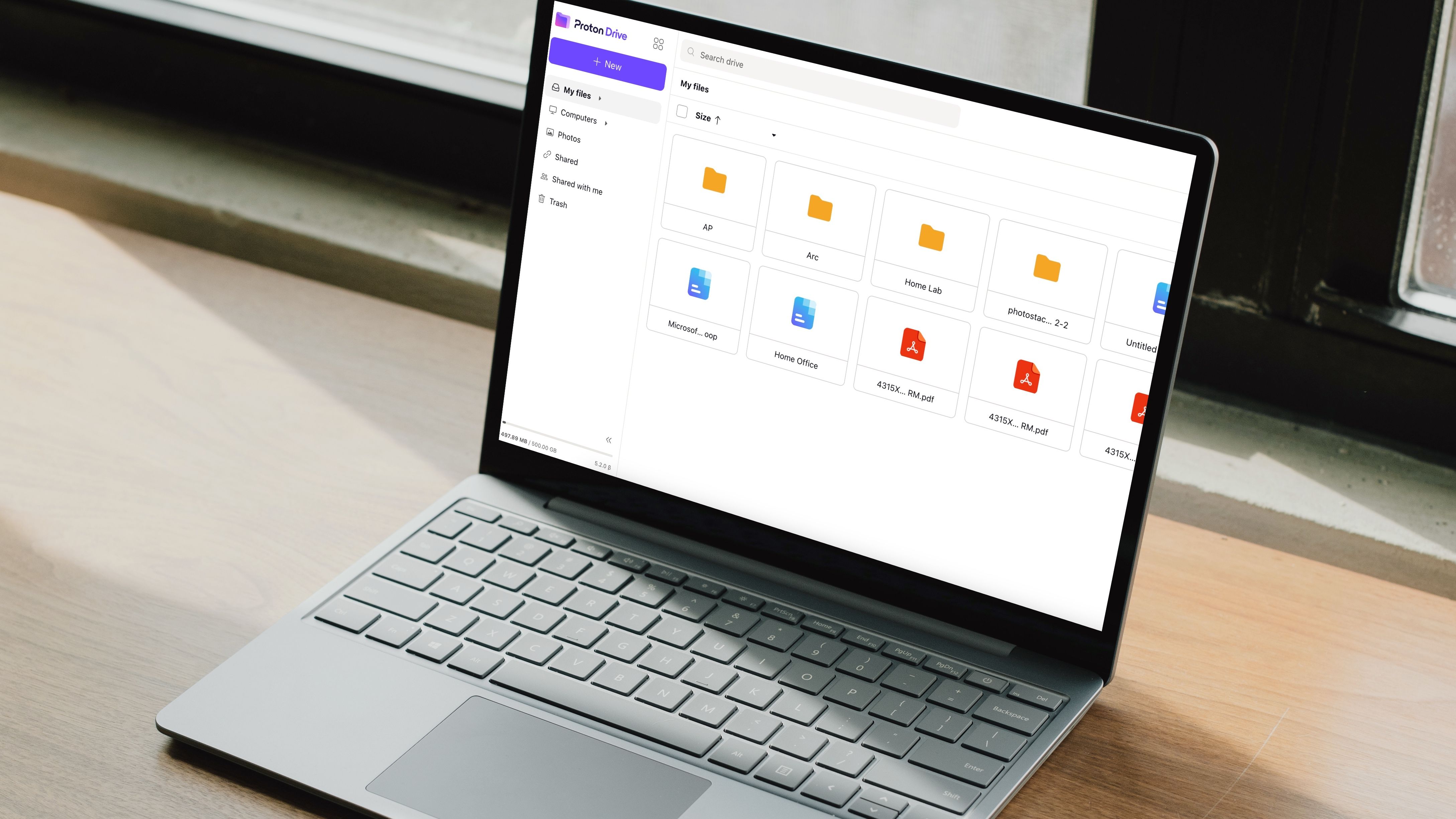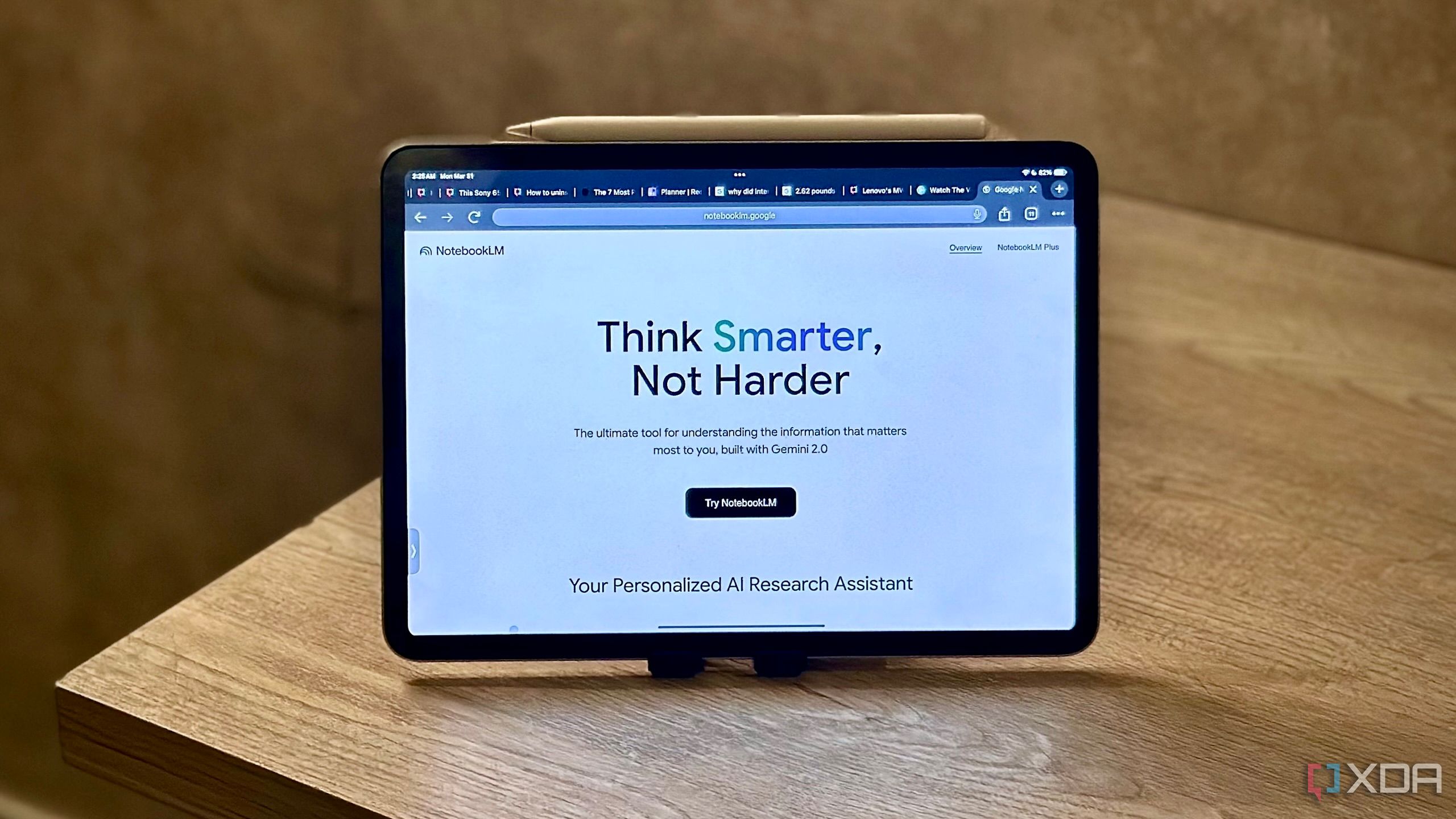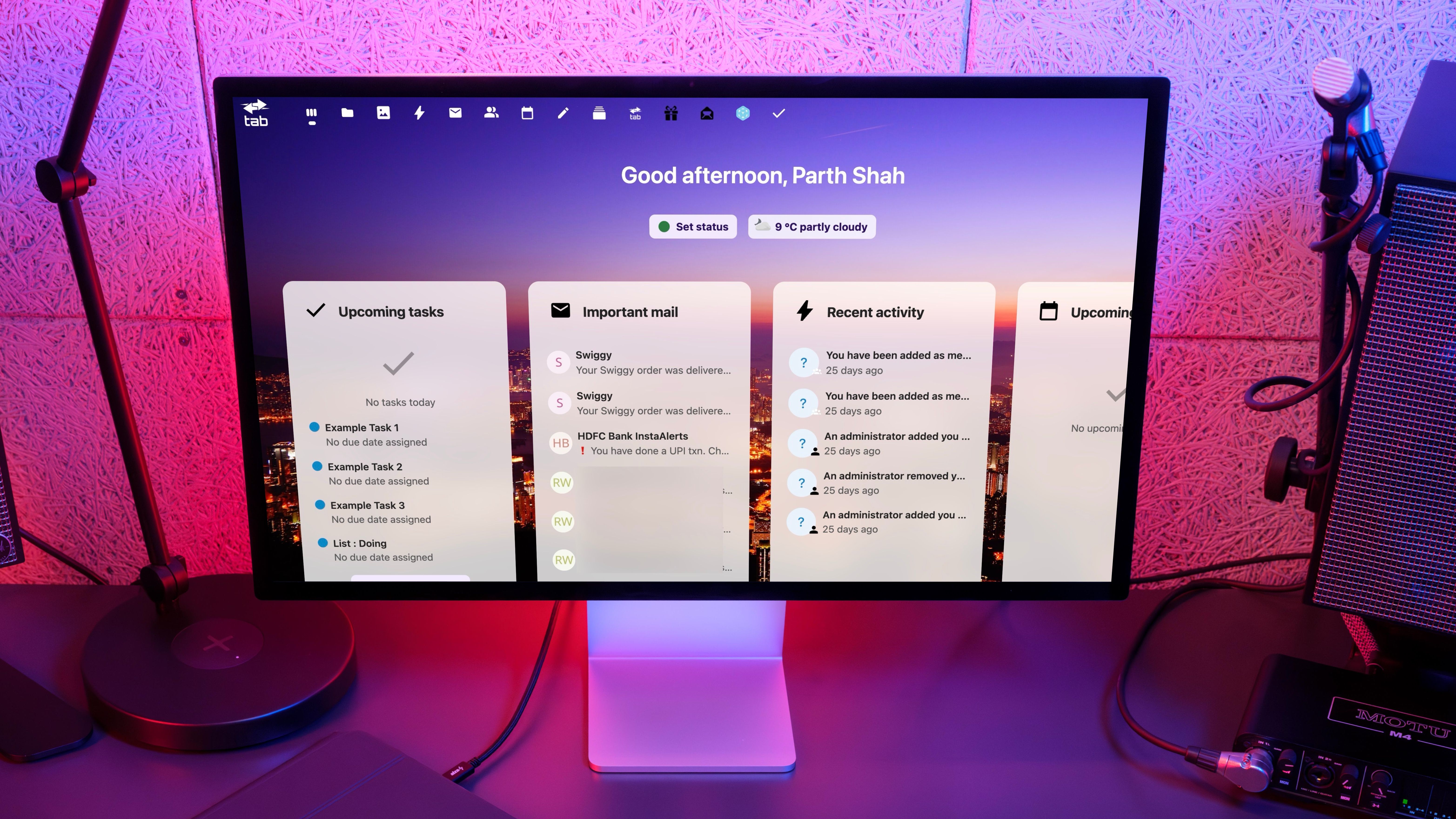


Automating sales workflows is transforming how high-value deals are closed in competitive sectors like SaaS, real estate, and business consulting. Sales teams that adopt automation platforms such as HubSpot, Salesforce, or Pipedrive are seeing tangible improvements in conversion rates and reductions in manual errors. For example, AI-powered CRM tools track customer touchpoints and can prompt sales reps exactly when to follow up, send reminders for document signatures, or auto-generate personalized proposals based on client data. A 2023 HubSpot study found that organizations automating their sales outreach increased deal closure rates by 20% and cut time spent on administrative tasks by up to 30% per week.
Practical use cases include automated drip campaigns, which nurture leads who aren’t yet ready to buy, and intelligent lead scoring that prioritizes prospects most likely to convert. By automating the qualification process, salespeople focus their expertise on high-potential deals, increasing efficiency and job satisfaction. One notable real-world case is a mid-sized B2B fintech company that integrated automation for proposal generation and approval workflows. As a result, their average sales cycle shortened from 42 days to 26 days, enabling reps to close more deals in less time.
Expert commentary from sales strategist Jill Konrath emphasizes that automation doesn’t remove the need for a personal touch—it enhances it. Automation can take over scheduling, reminders, or document tracking, freeing reps to have more meaningful conversations and tailor their approach for each client. Integration with collaboration tools like Slack or Teams further reduces response delays between sales, legal, and finance teams, streamlining the deal process and increasing transparency.
Importantly, automation also generates valuable insight through analytics dashboards that visualize the pipeline, spotlight bottlenecks, and identify trends. Sales leaders can then adjust their strategy in real time. In addition, by automating compliance checks and digital contract management, companies reduce the risk of errors that can stall negotiations, particularly in regulated markets. In sum, embracing sales automation is not about replacing people, but about empowering sales professionals with the tools and intelligence they need to close high-value deals faster, more reliably, and at scale.

Ensuring the reliability of your self-hosted websites, apps, or cloud services is crucial, whether you’re a solo developer, a small business, or a hobbyist. Uptime Kuma, an open-source monitoring platform, empowers users to easily track the status of all their servers and services in real time. What sets Uptime Kuma apart is its user-friendly dashboard and flexible notification system—users can receive instant alerts via email, Telegram, Discord, Slack, or SMS, meaning you know about outages before your clients do. This functionality has become vital for indie creators and small businesses who don’t have 24/7 IT support.
In my own workflow, Uptime Kuma not only monitors my blog but also keeps tabs on critical background jobs and private APIs. The platform supports various protocols, like HTTP(s), TCP, and ping, making it easy to keep an eye on a diverse range of infrastructure. One of my favorite features is the ability to create custom incidents and monitor certificate expirations, which has saved me from letting domain SSLs lapse—something that can result in lost trust or revenue. The rich graphs and historical statistics also help identify recurring problems or performance issues, allowing for proactive fixes rather than reactive firefighting.
Many non-profits and side-project developers have reported that using Uptime Kuma helps them avoid reputational damage by detecting downtime early. For example, a community-run library’s website in Ohio switched to self-hosting for cost savings and privacy; by using Uptime Kuma, they maintained over 99.98% uptime last year and reported much higher member satisfaction. The platform also scales with your ambitions: you can monitor a few services or hundreds, all from a browser tab—no expensive subscriptions needed.
Crucially, Uptime Kuma’s active community keeps it up to date with new integrations and features. For privacy-conscious users, it’s reassuring that all data is stored locally and not on a third-party cloud, ensuring compliance with data protection regulations. Ultimately, Uptime Kuma delivers professional-grade peace of mind with minimal overhead, enabling creators and organizations to build dependable digital experiences without breaking the bank.

With privacy taking center stage and subscription fatigue setting in, many users and small businesses are seeking alternatives to Google Drive and OneDrive for cloud storage. Solutions like Nextcloud and Mega provide robust, privacy-focused alternatives that don’t compromise on usability or feature set. Nextcloud is unique because it allows complete data ownership; you can host files on your own server—be it a low-cost Raspberry Pi, a rented VPS, or even leftover desktop hardware. Mega, meanwhile, offers strong end-to-end encryption and a generous free plan, making it ideal for individuals who want to ensure their data remains private.
Migrating from big tech is easier than ever. Nextcloud provides migration tools and comprehensive guides for importing data from Google Drive or OneDrive, even preserving your folder structure and sharing settings. In the business world, law firms and healthcare providers have adopted Nextcloud to ensure compliance with stringent data protection regulations like GDPR and HIPAA. A 2024 survey by the Privacy Rights Clearinghouse found that 67% of small businesses switching to self-hosted or privacy-first storage cited client trust and reduced risk of data exposure as primary benefits.
Self-hosting also empowers users to customize and extend their storage to fit unique workflows, adding document editing, calendar, and collaboration features through plugins. Families can run private photo stores; freelancers can safely share sensitive deliverables directly from their own server. For educators, Nextcloud’s educational plugins enable collaborative note-taking and secure sharing for remote classes. Mega’s encrypted sharing links let users control who can access each file, and for those who need redundancy, both platforms support synchronization across devices.
Most importantly, breaking free from traditional cloud providers gives individuals and organizations digital autonomy. Users gain the freedom to decide where their data lives, who can access it, and for how long. In a world where privacy breaches and vendor lock-in are recurrent concerns, these next-gen platforms put users back in control, while providing all the functionality needed to stay productive and connected.

Running out of storage on your iPhone often leads to the dreaded choice: Which favorite app do you delete? Fortunately, there are smarter ways to reclaim space without losing your go-to tools. One effective method is using Apple’s built-in "Offload Unused Apps" feature, which removes the app but retains all local data and settings, making reinstallation seamless. This can clear up hundreds of megabytes per app, especially for games or productivity tools you use only occasionally. I personally gained over 4GB by offloading apps I hadn’t opened in six months but couldn’t bear to lose.
Another major win comes from tackling media bloat. In Messages, go to Settings > General > iPhone Storage to review and delete large attachments, such as old videos, GIFs, and PDFs that pile up in conversations. The Photos app can also balloon with duplicates, burst shots, and 4K videos. Use “Optimize iPhone Storage” to keep only low-res versions locally while full-quality images live in iCloud. Third-party apps like Gemini Photos or Google Photos offer additional space-saving tools, including finding blurry shots or auto-uploading media to the cloud for deletion from your device.
App caches are another culprit: Social media and streaming apps can quietly hoard several gigabytes over time. Check app-specific settings for cache-clearing options, or periodically delete and reinstall the most bloated apps—this alone freed up nearly 2GB on my device. Don’t forget hidden data in your Downloads and Safari cache—clearing these can yield surprising results. Experts also recommend periodically rebooting your iPhone after large deletions, which prompts iOS to reclaim space more efficiently.
Beyond freeing storage, these habits help maintain device speed, reduce crashes, and cut sync times for backups or iCloud restores. For professionals, keeping storage available means you’re always ready to capture spontaneous ideas, download critical files, or install business updates without delay. Incorporating these quick routines into your monthly tech hygiene pays off, letting you keep productivity high and digital clutter low, all without having to sacrifice your favorite apps or workflows.

NotebookLM has rapidly become an essential tool for anyone looking to supercharge productivity and habit formation, but many users don’t realize the full extent of its capabilities. One of the most powerful but underused features is its advanced search and tagging system, which lets you surface any note, meeting summary, or inspiration in just seconds. By thoughtfully organizing content with tags, categories, and keyword highlights, you avoid endless scrolling—similar to how librarians quickly locate books. For professionals juggling multiple projects, this means less wasted time and more actionable focus.
The platform’s integration potential is another hidden gem. By syncing NotebookLM with services like Google Calendar, Todoist, or Dropbox, your notes can automatically pull in meeting times, to-dos, or key reference documents. This reduces context-switching and ensures you’re always working with up-to-date information, no matter how often your schedule or team changes. I’ve found that automating recurring journal templates and meeting logs with NotebookLM’s custom templates has helped me build consistent reflection habits and better prepare for weekly check-ins.
NotebookLM also excels in collaboration, quietly supporting shared notebooks with permission controls for team brainstorming, drafting, and version tracking. Educators and remote teams use shared notebooks to keep everyone aligned and empowered to contribute ideas on the fly, while freelancers have leveraged these tools to streamline client proposals and project updates. In 2025, the platform quietly rolled out AI-powered summaries and suggested tags, making organizing even large information dumps far less daunting. Users who embraced these features report completing projects faster and maintaining stronger personal accountability as each step of a process is tracked and easily reviewed.
For habit-builders, NotebookLM’s streak trackers and gentle reminders foster daily note-taking and review without pressure. Whether you’re aiming for daily journaling, structured brainstorming, or just keeping up with all facets of a busy life, these lesser-known features can be true game changers. Digging deeper into NotebookLM pays dividends—turning a basic notepad into a true productivity powerhouse that grows with you.

Many assume you need a specialized NAS device to run powerful self-hosted services, but in reality, an old desktop, laptop, or affordable single-board computer like a Raspberry Pi is often all that’s required. I’ve personally repurposed a decade-old office PC to run Nextcloud—my private file sharing and collaboration hub. This setup lets me securely store documents, share photos with family, and even synchronize calendars and contacts without relying on Google or Microsoft. According to the Nextcloud community, thousands of users have taken similar approaches to achieve complete data ownership and avoid recurring subscription fees.
Another favorite is Jellyfin, an open-source media server that transforms any spare computer into a home streaming platform for music, movies, and TV—no data harvesting or licensing headaches. For knowledge management, I run BookStack for structured documentation and notes, and Wiki.js for collaborative wikis. Home automation enthusiasts often pick Home Assistant, which runs flawlessly on basic hardware, letting you control smart devices and routines locally with complete privacy. Syncthing is invaluable for real-time file sync between devices, ensuring backups and work-in-progress items are always safe and accessible.
What’s striking is how straightforward setup can be. Most of these services offer Docker containers or easy installers, and active forums or Discord channels where newcomers can ask questions. By deploying on hardware you already own, you’re also extending device life and keeping e-waste out of landfills—a win for sustainability. There’s also unparalleled customization: I’ve added plugins, set granular permissions for family members, and even automated backups to offline drives, all without needing a degree in IT.
These self-hosted solutions put you in command of your digital world, offering a blend of flexibility, privacy, and cost savings that subscription models can’t match. For freelancers, families, or small teams, this approach not only eliminates monthly fees but also unlocks new possibilities—showing that powerful, secure infrastructure is within anyone’s reach, no NAS required.
